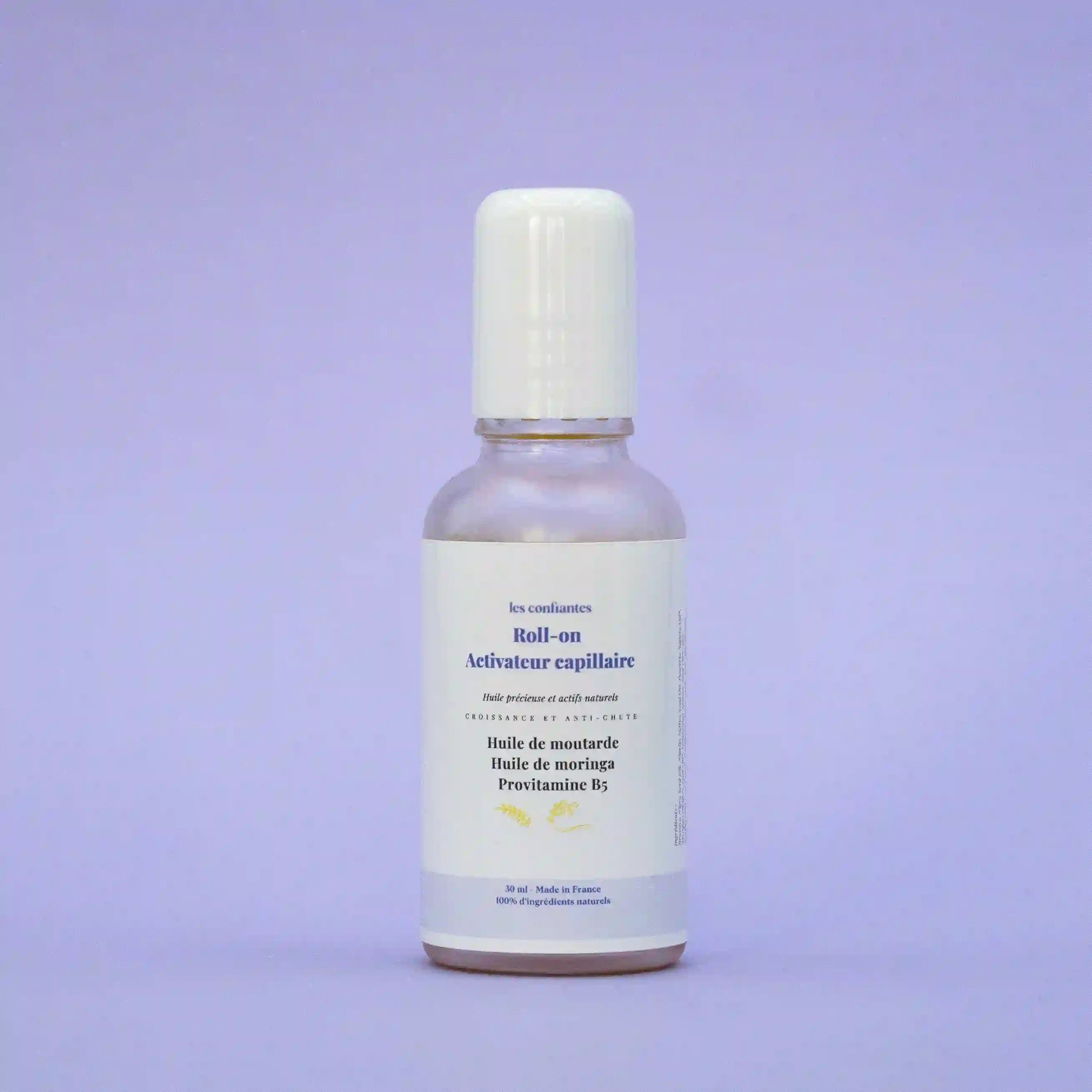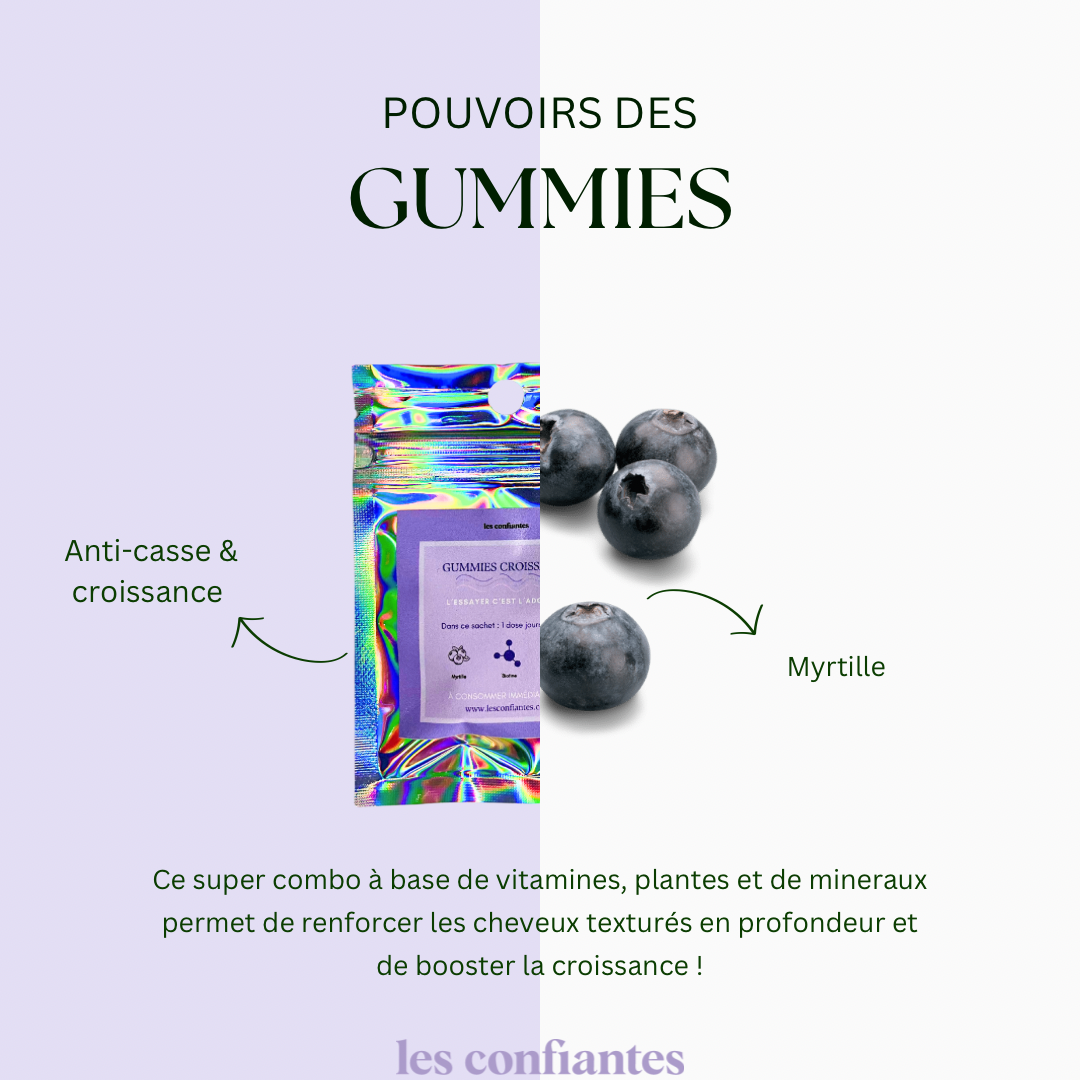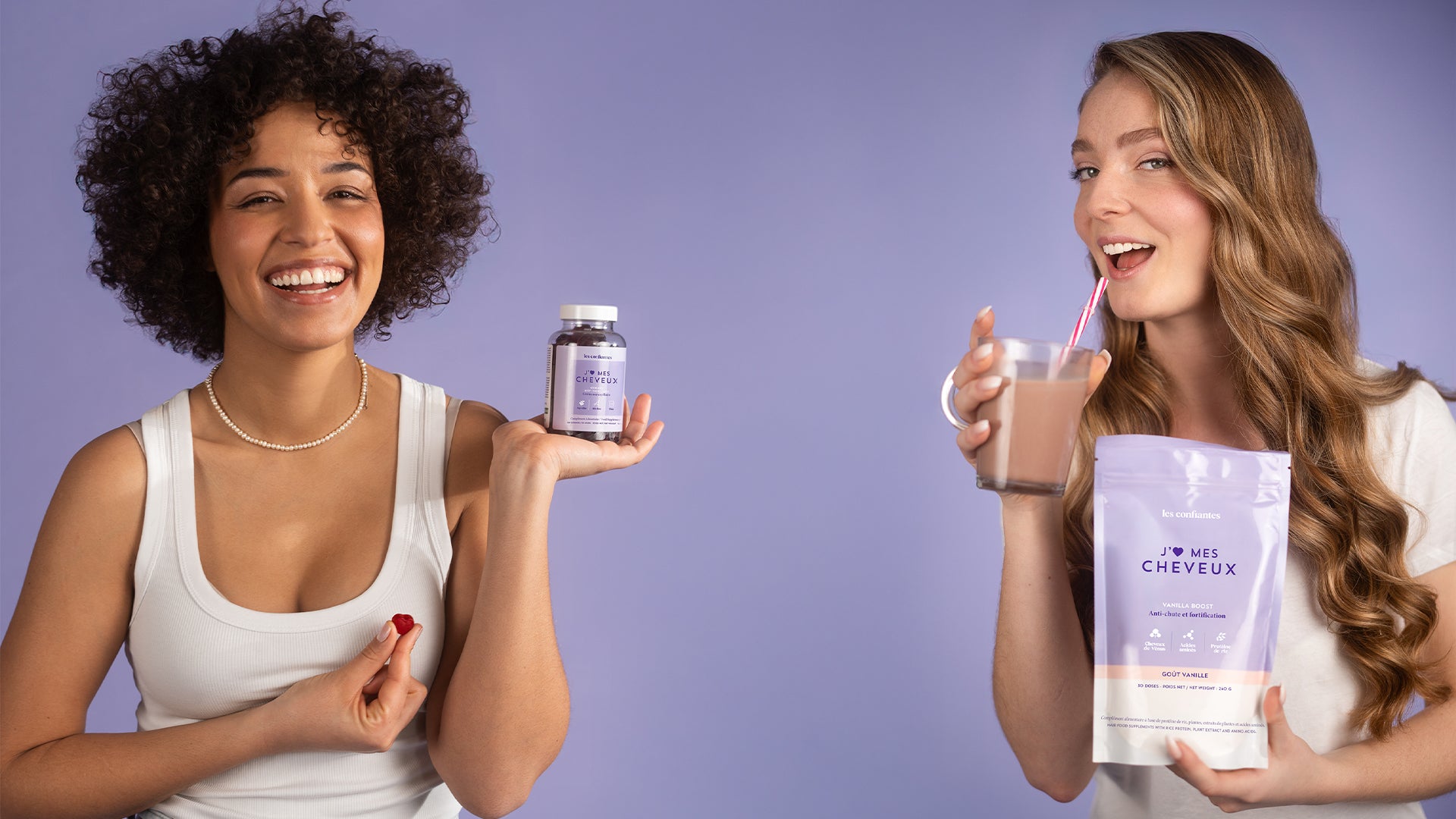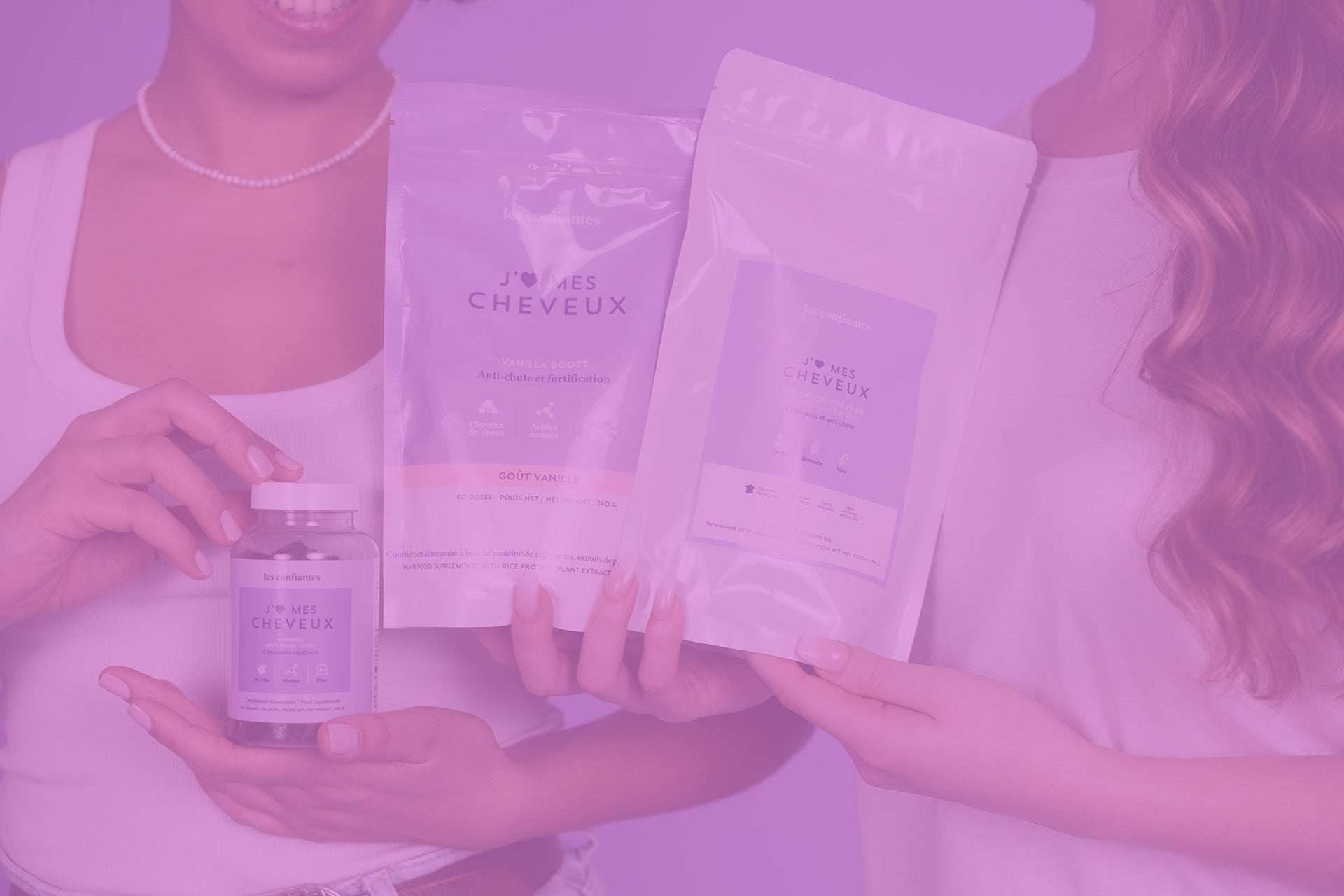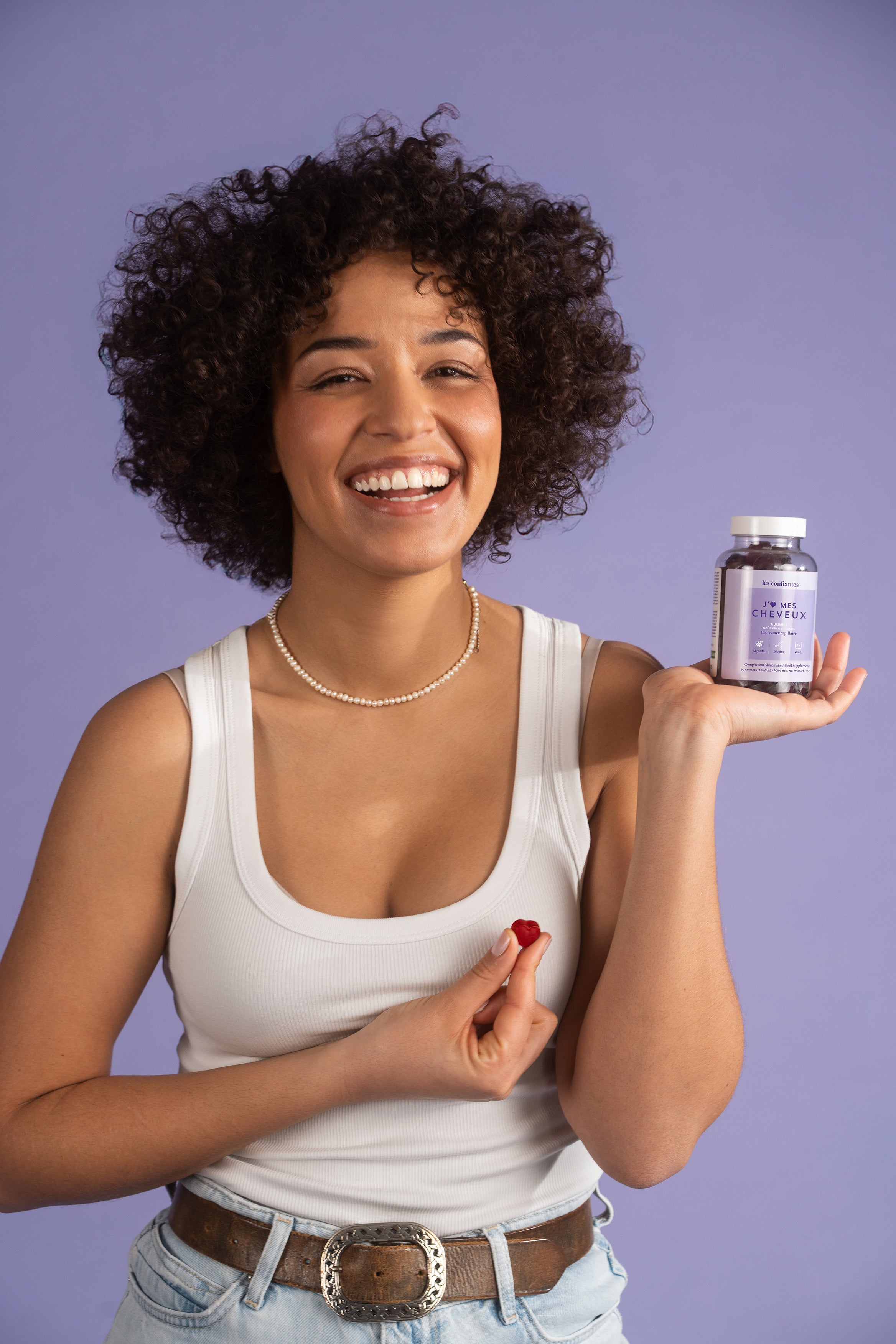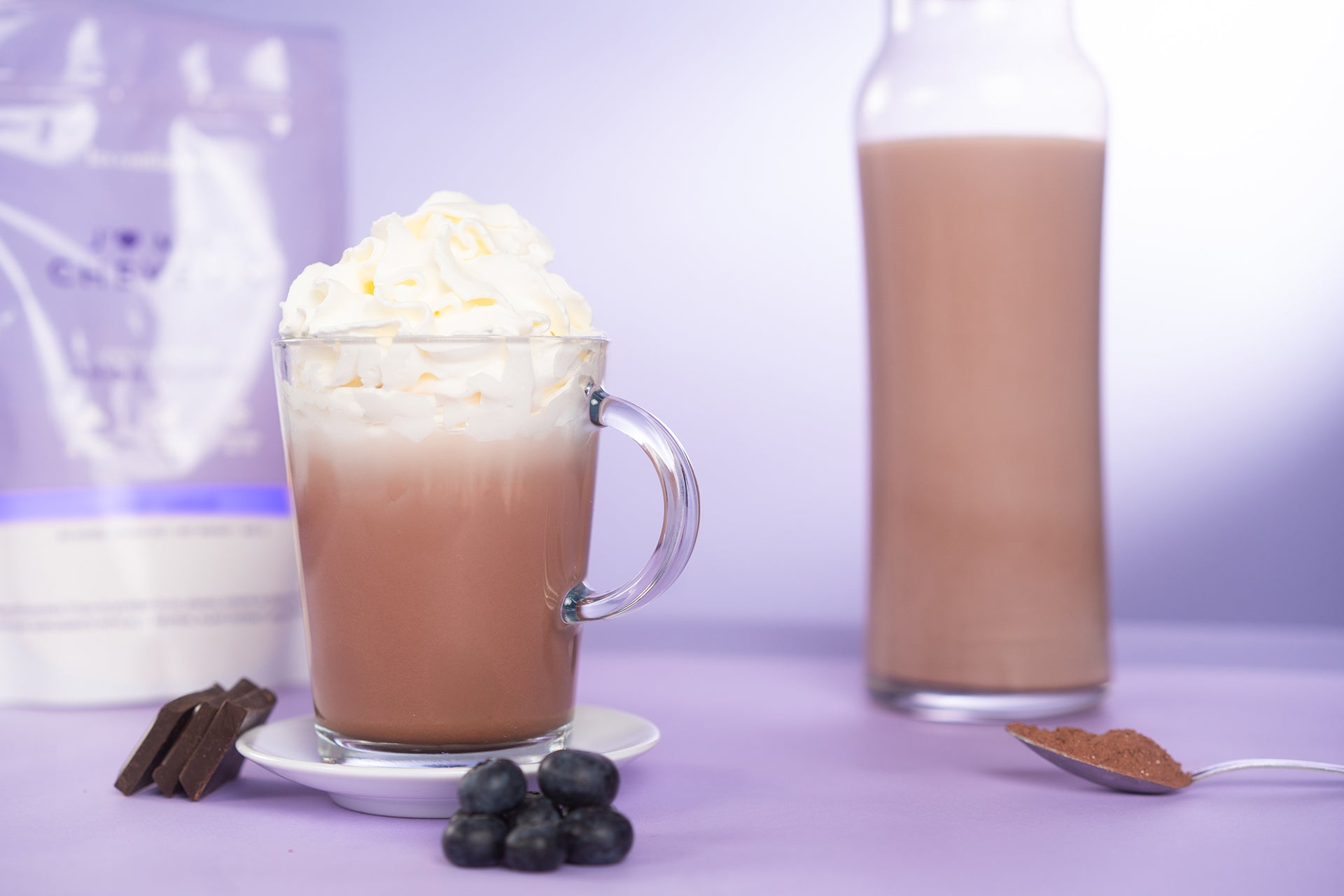Cocoa

What is Cocoa?
Cacao (Theobroma cacao) comes from a tree called the cacao tree, a tropical species about 10 meters tall that grows in a canopy-shaded rainforest , originally located in the upper Amazon basin. It belongs to the parasol family. The cocoa tree has cream and pink colored flowers, which turn into pods every 1,000.
These pods of approximately 20 cm contain the famous beans, coated in white pulp. Before obtaining “marketable cocoa” and chocolate, several stages must be observed: harvesting the pods, shelling (extracting the beans), fermentation in banana leaves, and drying in the sun.
Cocoa powder contains polyphenols, antioxidants which help fight cell degradation by free radicals. Which results in better hair and skin health.
Where to find cocoa?
Cocoa ID card
- Origin: Africa, South America and Indonesia;
- Season: October to March and April to June;
- Color: dark brown;
- Flavor: sweet.
Cocoa is an essential base ingredient when making chocolate, it is mainly grown in West Africa, South America, Central America and Southeast Asia. Depending on the variety, the pods contain 15 to 60 beans, and their color when ripe varies from yellow to orange. There are three types, with different aromas and characteristics.
The Criollo
Criollo is the rarest variety (representing 5% of world production), producing the most aromatic cocoa.
The Forastero
Forastero is the most widespread, accounting for 80% of global production, mainly from Africa.
The Trinitario
Trinitario, a blend of the first two varieties, is grown in Mexico, the Caribbean and Southeast Asia and accounts for 15% of global production.
What are the benefits of cocoa?
Its nutritional composition
- Rich in magnesium
- Rich in potassium
- Vitamins: B1, B2, B3, B6, B9, E, K
- Proteins: 8 essential amino acids (including tryptophan)
Cocoa helps you lose weight
Pleasant news, isn't it? this is explained by the monoamine oxidase inhibitor it contains. Behind this complicated name hides a substance known for its antidepressant effect, which also has an appetite suppressant effect.
Its benefits for cardiovascular diseases
Thanks to the flavonoids it contains, cocoa can reduce the risk of heart attacks and protect us from cardiovascular diseases. These will increase the nitric oxide content in the blood, thereby dilating the arteries and blood vessels, while improving blood circulation. It also helps reduce bad cholesterol levels, thereby reducing the risk of cardiovascular diseases.
A concentrate of antioxidants
Cocoa beans are one of the most antioxidant foods. Zinc and copper help fight the effects of aging. Its antioxidant vitamin E content ensures the normal functioning of vision and fights against the appearance of certain eye diseases.
Cocoa promotes well-being (anti-stress, anti-fatigue)
Psycho-stimulating and tonic effect: due to its theobromine content, cocoa is a natural antidepressant. A source of magnesium, it is also a very good recognized anti-stress and anti-fatigue agent. Many studies have highlighted the effects of cocoa on certain neurotransmitters that affect our mood. According to the University of Michigan, its benefits are due to the increase in endorphins it produces.
Soothes cramps during the menstrual period
The benefits of cocoa for menstruation do not stop at mood swings. It is rich in magnesium, an element known for its effectiveness in fighting cramps. So it can be used to treat all kinds of cramps. Elderly people use it to combat calf cramps.
